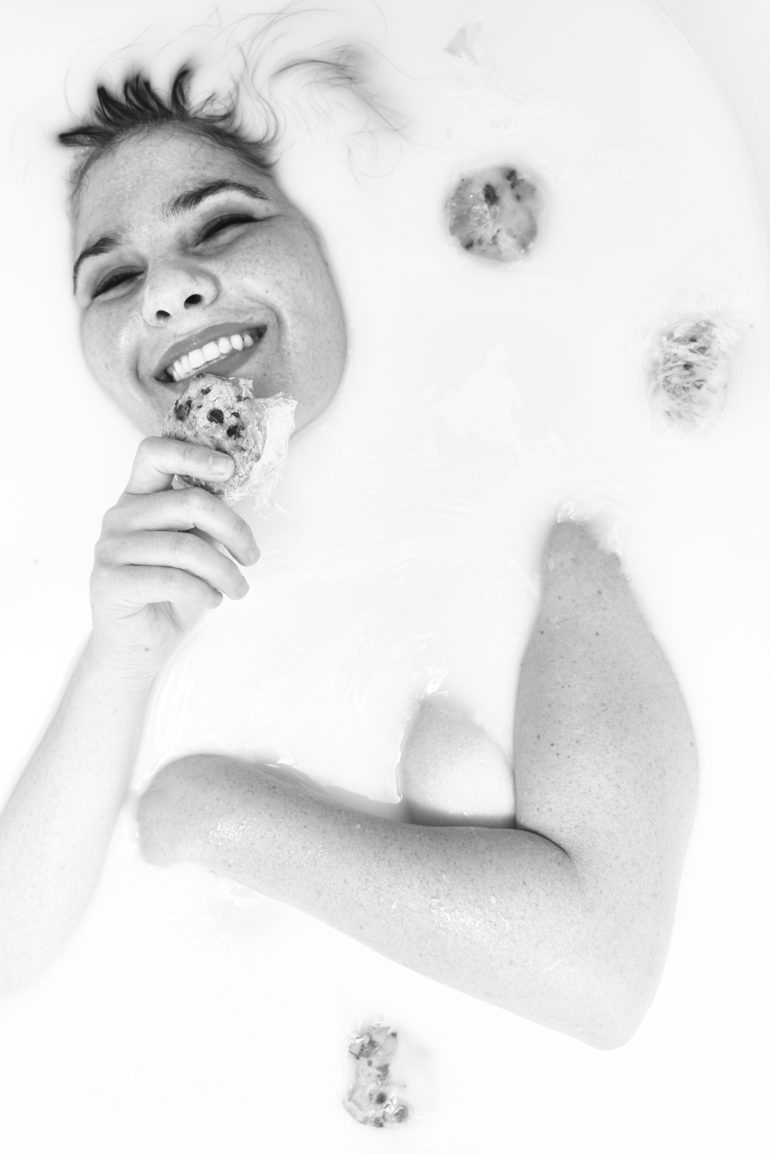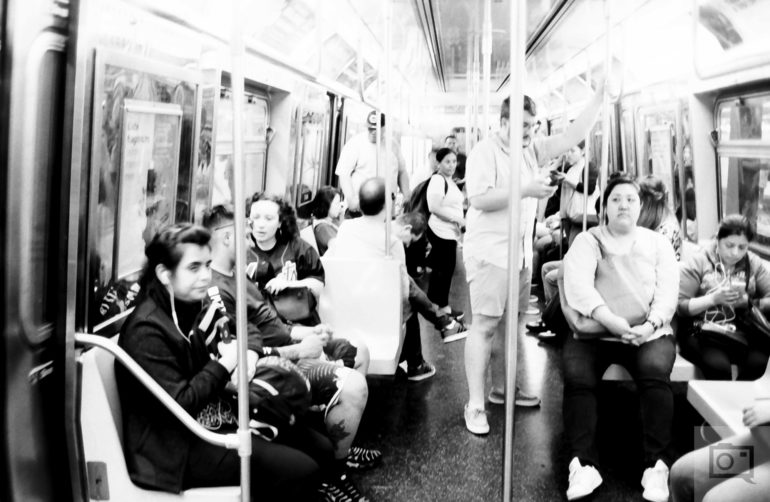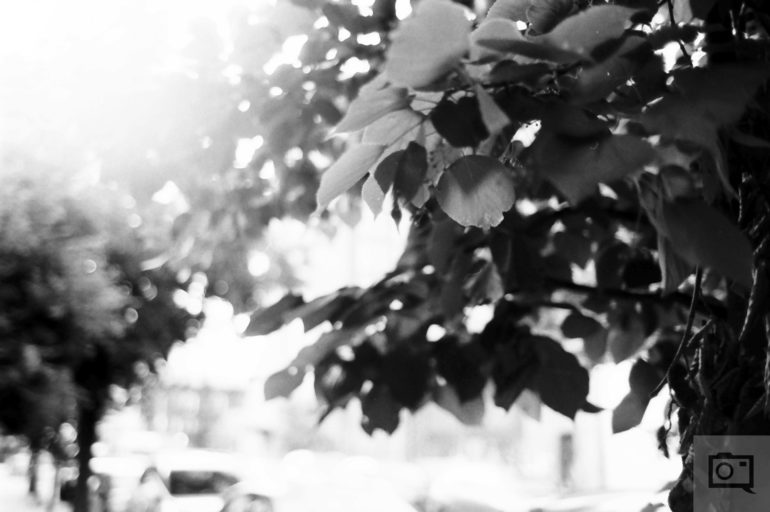
Every photographer at least once in their lives has dabbled with black and white photography. Some may have discovered this in photography schools or while reading about analogue photography, while others continue to be inspired by renowned photographers like Daido Moriyama or Ansel Adams and prefer shooting in black and white. The choice, at the end of the day, is based on your vision and what you intend to tell. If you are someone who has recently taken up photography, then we present to you a few tips that will help you achieve perfect black and white images that will add to your portfolio. Let’s dig in.
Plan Before You Shoot Black and White Images
We see our world in color, and so, often, we make pictures and then convert them to black and white. While this is not a wrong idea, it is still somewhat incomplete. Before you make black-and-white images, you need to understand the scene, figure out the details, and see whether its highlights and shadows can elevate what you see. At the same time, remember your reasoning for shooting in black and white. It simply can’t be for aesthetic purposes or because the world is doing so. If you follow this mindset, you are bound to fail.
Abstraction

This is a great way for you to make something different. Negative spaces, lines, patterns, shadow, and more can create photographs that are appealing but also confusing. In fact, with black and white images, one can make a scene look more abstract. In a way, your viewer has to peel the layers back to understand what they are looking at.
RAW & Dodge and Burn

A lot of people shoot in color and then make it black and white via filters or presets. While this is a good idea, a better way would be to use RAW and color filters through color sliders in your preferred software. By using color sliders, you can easily control how much darkness or lightness you want from a color. For instance, the greens in a plant can be very vivid or dark based on what you are going after. But you have to experiment a bit with this.
In addition, you can also play with the contrast through a tool called didge and burn. You can make the whites stand out and the blacks too deep. However, you must keep in mind that you do not lose the details as you do so.
Long Exposures For Black and White
With long exposure, you can really work with the textures in the photographs. For instance, the sky may look like water or people will appear quite alien due to that smoothness. You can use highlights and reflections to make the scene stand out more. In fact, many nature photographers prefer long exposures with black and white. An example is Yucel Basoglu, whose images look eerie and haunting.
Light is the Key Player

Black and white images tend to be more challenging to shoot based on the light. With colors, you can distract the audience, but not so much when you remove them. As a result, direct sunlight, artificial lights, or an overcast day all provide different moods. In fact, with high contrast, you can make every shape stand out, but with softer light, your image may seem more dreamy.
Try Portraits

We all shoot street, landscapes, or shapes with this genre, but portraits can truly be compelling. An example is the image above, where the soft light and bokeh elevate the scene. It makes the child look as if she is in a dreamy land. However, had we captured this picture in strong sunlight, with more sharpness, the result would be entirely different. As a result, your portraits can be truly emotive.
Take a Color and Make Black and White Images

If you like green, for instance, then you must look at that color and make multiple images that can be later converted. What it does is to help you think about how an image would look in black and white, and it will help to broaden your visual perception of the world. If you see a scene with various shades of blue, try to see how that appears when converted. This can make you look for scenes that have more detail and depth, and not be wooed by the brush of colors.
Now that we have shared a few tips, do practice and see how far your journey takes you. Your first 10,000 photographs will, of course, be subpar.









Harbiye su kaçak tespiti 7/24 Hizmet: Gece acil bir durumda aradım, hemen geldiler. Böyle bir hizmete ulaşmak çok büyük bir rahatlık. https://saltfineart.com/author/kacak/